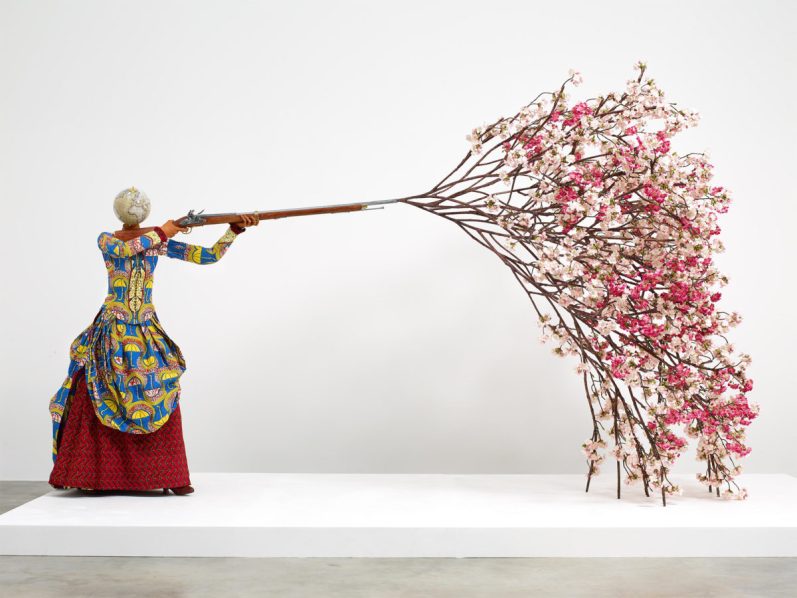Art is often associated with creativity, imagination and aesthetics.
It is commonly thought of as something that is separate from everyday life, reserved for museums, galleries and performance spaces.
Art is a broad term that encompasses various forms of expression, such as painting, sculpture, music, dance, literature and theatre. It is a way of communicating ideas, emotions and experiences through creative expression. Art has been a part of human culture for centuries and is an integral part of human life.
The psychology and power of art are significant. Art has the ability to evoke emotions, create an emotional response, and connect people to their inner being. It can also inspire people to see things differently, challenge their beliefs, and provoke thought. Art can serve as a tool for healing and therapy, especially for people with mental health issues.
Art can be found in every aspect of our daily routines, from the way we prepare our meals to the way we decorate our homes. In fact, art in everyday living is an important part of our lives, contributing to our well-being, sense of identity and cultural heritage.
Art can be used to convey social and political messages, raise awareness about issues and promote social change. It can be found in the design of our surroundings, the music we listen to, the food we eat, and the way we interact with others. The art in everyday living is a reflection of our culture, identity, and values, and it contributes to our well-being and sense of connection to the world around us.
Again, not everyone understands or appreciates art. Some people may find it confusing, unappealing, or even gibberish. This can be due to several reasons, including lack of exposure, cultural differences or personal preferences. Some people may also feel intimidated by art, thinking it requires special knowledge or skills to appreciate.
One of the most common ways we encounter art in our daily lives is through our surroundings. The design of our homes, workplaces and public spaces often incorporates elements of artistic expression. From the colour of the walls to the arrangement of furniture, these design choices can evoke different moods and emotions. For example, a minimalist interior design can create a sense of calm and simplicity, while a more eclectic approach can inspire creativity and energy.
In addition to visual art, music is another art form that permeates our daily routines. We listen to music while we work, exercise and commute. We use music to celebrate, mourn and connect with others. The rhythms, melodies, and lyrics of music can evoke powerful emotions, memories and associations. Listening to music can provide a sense of escape or transport us to a different time or place.
Food is also an important aspect of the art in everyday living. Preparing and sharing meals can be a form of artistic expression. The presentation of food, the combination of flavours, and the use of spices and herbs can create a culinary masterpiece. In many cultures, food is also a way of expressing hospitality, tradition, and community. The art of cooking and eating is a vital part of our cultural heritage and identity.
The art in everyday living can be seen in the way we interact with one another. Our conversations, gestures and expressions are forms of communication that can be creative, expressive, and meaningful. The way we dress, the accessories we wear, and the hairstyles we choose can also be expressions of our individuality and creativity.
In conclusion, art in everyday living is a fundamental part of our lives, whether we are aware of it or not. It has the power to shape culture and influence society’s values, beliefs and attitudes.



